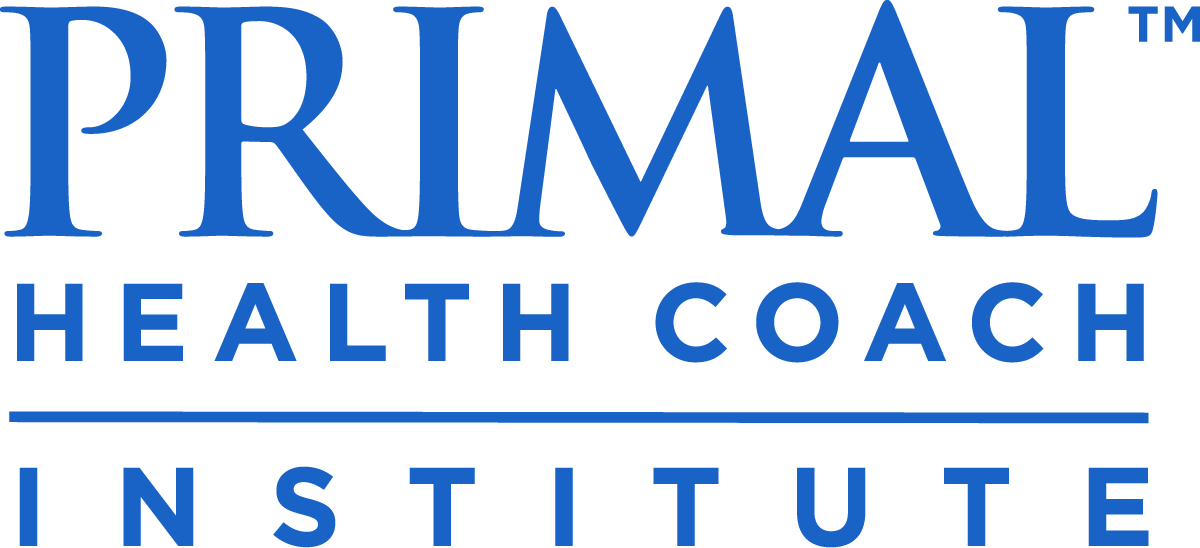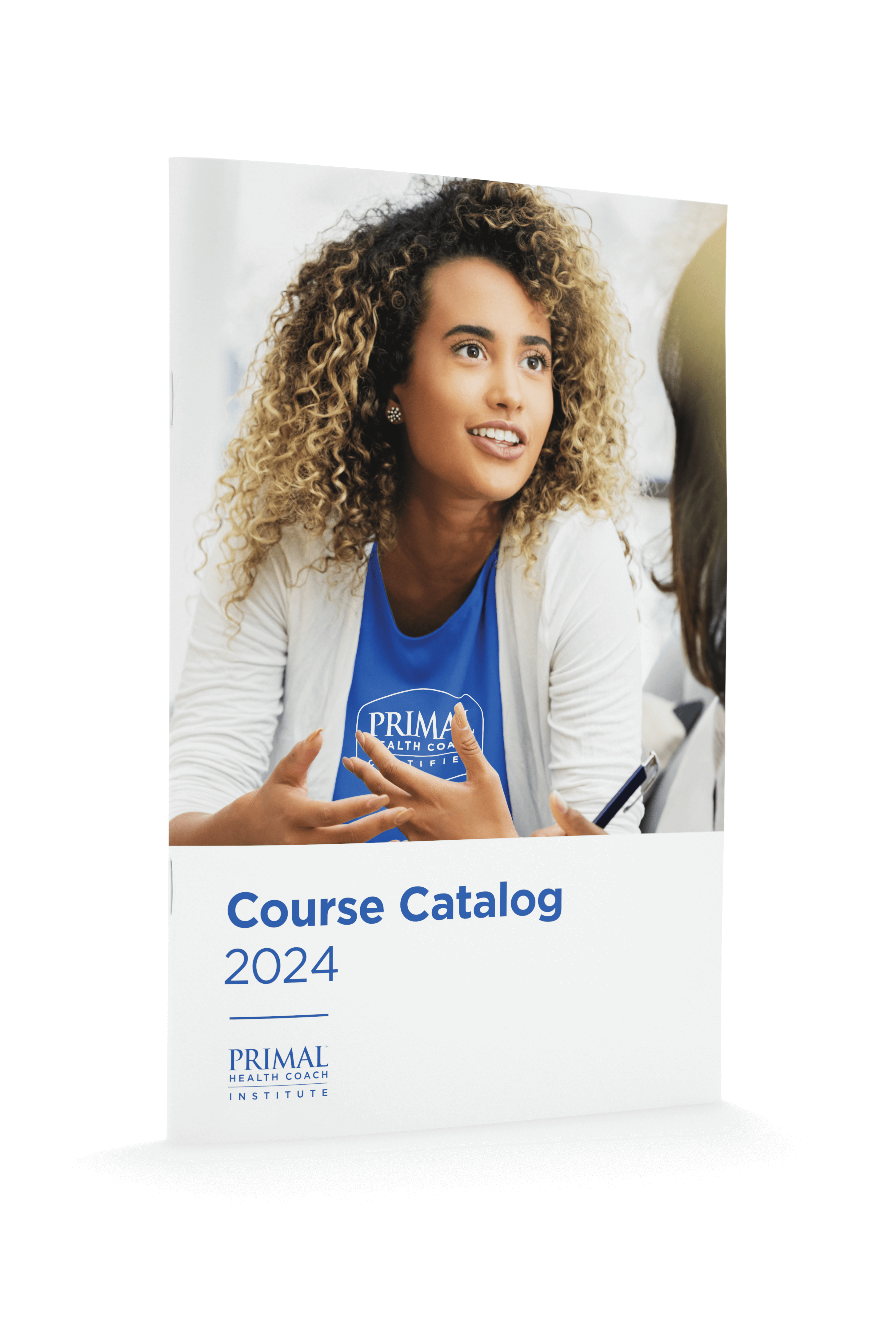
Marketing and advertising are essential aspects of any health coaching business. Without them, we wouldn’t have any clients to coach.
Niche marketing is a highly successful marketing strategy, which involves clearly defining who your target client is and how you are going to provide a service for them.
Identifying your ideal client is more than just a marketing strategy. The reality is, you’re going to be a more successful health coach if you’re helping the kind of people that you’re best suited to coach, which is good for your clients and your business.
Here we’re going to share seven tips to help you identify your ideal health coaching client.
1. Identify What Makes You Stand Out
The first step towards identifying your ideal client is to discover what makes you stand out amongst the other health and wellness services available. Here are two questions to help you work this out.
1. What are you passionate about?
Pinpointing exactly what drives you as a health coach will help you create your own niche in the health and wellness space.
Do you like helping the chronically ill regain control of their lives?
Are you passionate about coaching elite athletes achieve the pinnacle in their chosen sporting endeavors?
You can see from these examples, that it would be quite a challenge to develop a marketing strategy that would appeal to both subsets of people, so why try to?
Niche marketing is about targeting a specific type of person and developing a marketing strategy that they will find irresistible.
2. Do you hold any other credentials?
Do you have any skills and/or credentials that compliment your health coaching certification?
Do you work in the fitness industry? Are you a physiotherapist or chiropractor? Do you hold a CrossFit certification?
Discovering what makes you different from the rest is the first step towards identifying your ideal client.
2. Create a Market Research Survey
It’s time to do some market research!
The best way to identify exactly who your ideal client is is to perform a market research survey. SurveyMonkey is a free online survey tool that is easy to use.
1. Obtain a strong target market sample population
For a robust market research survey, you need to have access to a good target market sample population.
If you’ve got an extensive social media following, make the most of it and share the link to your market research survey over Facebook, Instagram, Twitter or Snapchat.
If your social media presence is still under development, SurveyMonkey offers a service (starting at around $120) where they find a target population for you to survey, based on the demographic information you provide them, such as location, gender, age and household income.
2. How to craft your market research survey
There are three question styles you should consider when creating your survey and they are:
- Open-ended questions. These questions let you know exactly what’s on the respondents mind, as they are able to frame their response in their own words.
- Multiple choice, where only one response is given. These questions help you identify what is most important to your prospective clients.
- Multiple choice, where multiple responses are selected. These questions are highly informative when you have a long list of topics or health concerns that you want feedback on.
A great tip for when you’re building your survey is to use a combination of open-ended and multiple choice questions.
3. What information should you collect from your market research survey?
Start by collecting demographic information including:
- Age
- Gender
- Annual income
- Education level
- Behaviors
- Hobbies
- Values
- Region
Other questions you may want to include in your survey could be:
1. What is your number one health goal?
2. If you could have one piece of nutrition advice what would it be?
3. Which of the following are you most interested in (choose one)?
- One-on-one private health coaching
- Support through group coaching, where you receive support from your coach and a community of like-minded people
- Information about healthy food choices
- Cooking classes
- I’m not ready to make changes quite yet
- Other (please specify):
4. Which of the following would you like to learn more about (check all that apply)?
- How to lose weight
- How to reverse insulin resistance
- How to increase energy
- How to improve bone health
- How to achieve hormonal balance
- How to reduce cravings
- Meal ideas
- How to lower blood pressure through dietary change
- How to lower cholesterol through dietary changes
- How to reduce emotional eating
- How to make the healthiest choices when eating out
- How to reduce stress
- Exercise ideas
- How nutrition and lifestyle choices affect fertility
- Other (please specify):
5. How long would your ideal program run for (choose one)?
- 6 weeks
- 12 weeks
- 16 weeks
- 20 weeks
6. How frequent would you like your health coaching sessions, in order to keep you accountable (choose one)?
- Weekly
- Fortnightly
- Monthly
4. Identify Your Clients’ Pain Points
Being able to identify what is driving your clients will be key to implementing a successful marketing campaign. From your market research survey you’ll be able to identify your target client’s pain points, or in other words, what is going to turn a prospective client into an actual client.
You client’s pain will be a centrepiece for your marketing strategy, and will vary greatly depending on the demographic of your ideal client.
For example, from your market research survey, you identified that your target market is 50 year old women who are searching for a health and wellness program to improve their quality of life and longevity. They want to be able to keep up with their grandchildren and feel that one-on-one health coaching would be a great strategy to help them achieve their health goals.
The pain in this example is keeping up with their grandchildren. So a clever marketing campaign for this target client would be to use images of healthy over-50s playing and being active with their grandchildren.
Being able to identify what is driving your clients will be key to implementing a successful marketing campaign and will help direct your coaching strategy.
5. Make Yourself Relatable
Your market research has helped you identify who your ideal health coaching client is. The next step is to identify what makes your services superior to your competitors for your ideal client.
Making yourself relatable to your target client is hugely important to your marketing campaign. Whether you’ve experienced a similar health journey to that your ideal client is experiencing, or maybe your age, gender and/or core values resonate with your ideal client. Whatever it may be that makes you relatable needs to come through in your marketing materials.
6. Identify Your Ideal Client’s Objections
A key part of being a health coach is turning an objection into a coachable moment.
The most common objections people may have to health coaching are:
1. I can’t afford a health coach
Many people have the mindset that they can’t afford a health coach. If this objection arises with a prospective client, it’s your job to help them understand the importance of investing in their health and nutrition.
Most people recognize the importance of education, whether it be an investment into private high school fees or tertiary education, and it’s widely accepted that educational investment will be rewarded into a successful career and a happy life.
As a health coach, it’s our job to help people become aware that an investment into their health and wellbeing is just as worthwhile as an investment into their wealth. What’s the point of financial success if you’re not healthy enough to enjoy it?
2. It’s too expensive to eat well
As health coaches we know that this objection is completely untrue. However, a large proportion of the general population truly believe that eating well is more expensive than eating a SAD.
On face value, buying unprocessed, organic, free-range, grass-fed food is more expensive than buying the alternative products or eating a predominantly grain-based diet. However as health coaches, we understand the it isn’t simply a question of how much each individual food item costs.
When this objection arises, it’s your job to help your prospective client understand that there is more to the financial comparison than the grocery bill, and that should take into account the bigger financial picture which shows that:
- Eating a higher fat/lower carb diet can suppress appetite, through hormonal homeostasis which means that you actual eat less food than when you’re consuming a SAD.
- That real nutritious food will help suppress the urge to sneak a snack from the vending machine at work.
- Eating real nutritious food will reduce the need and the expense of prescription medication for chronic metabolic conditions such as Type 2 diabetes.
3. I’m afraid that adopting a healthier lifestyle might isolate me from friends and family
If this objection arises, make your client aware that when someone doesn’t place high priority on their own health, they may be inclined to downplay the healthy lifestyle choices made by others. However, the people who truly care for them will support their decision to make their health a priority and they will find that their new lifestyle habits may influence their friends and family to implement healthier lifestyle practices as well.
4. I don’t have enough time
The objection of time is brought up with the honest belief that someone doesn’t have time to fit anything else in their busy schedule.
Here’s a list of common “I don’t have time” situations:
- To go for a walk
- To do the grocery shopping
- To prepare my own meals
- To attend a health coaching session
We all live busy lives, and your prospective client may truly believe that they don’t have time. If this objection arises, it’s important to listen to your potential client and help them see the importance of making time for their health.
Suggest strategies to help them incorporate more exercise into their existing schedule. For example, your client could get off the bus a couple of stops earlier and walk the rest of the way home after work. This would get some walking into their day and would give them some “alone time” before arriving at home.
Many of your clients may struggle with time management, so helping them assess and plan for the week ahead is likely to open up more hours in their week that they didn’t realize they had available to them.
5. Is a health coach qualified to give nutrition advice?
This is a common objection that many health coaches face. It’s important to answer this objection with a confident yes.
A health coach cannot diagnose, prescribe or treat a condition, or provide a meal plan to cure metabolic disease.
However, a health coach can share recipes and provide information on the latest scientific discoveries relating to health and nutrition. A health coach can help clients set goals and can help their clients implement strategies to achieve lifestyle change.
Remember to view an objection as a coachable moment. You’re not going to find many people who will say that they don’t want to be the healthiest, happiest version of themselves.
7. Identify Who Is Not Your Ideal Health Coaching Client
It’s important to identify who does not fall into the scope of your ideal client. Sometimes saying no to a client can be just as powerful as taking on a new client. If a potential client isn’t a right fit for you and your program it is absolutely okay to turn them down.
You could even suggest and refer enquires onto another health coach that you think would be a better fit for their health goals.
Identifying your ideal client is one of the most important aspects of building your health coaching business. It helps to identify your niche within the health and wellness industry. Targeting you ideal client is a proven marketing strategy and ultimately, coaching your ideal client will be more rewarding for you and your clients are more likely to reach their health goals.
Have you identified your ideal health coaching client?



